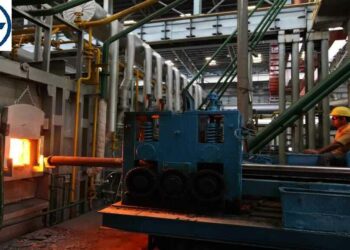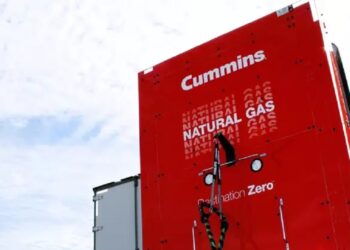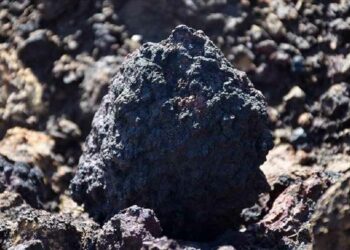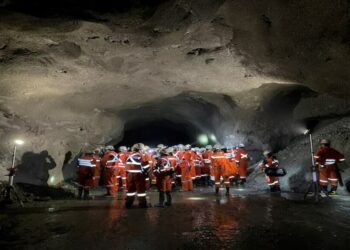In a significant step toward achieving net-zero emissions, Hydro and Rio Tinto have announced a partnership to identify and evaluate carbon capture technologies for aluminium smelters. The collaboration is focused on developing commercially viable solutions to decarbonize the aluminium electrolysis process.
Under this partnership, both companies will share information, results, and costs covering various stages of research and development, ranging from lab tests conducted with external suppliers to larger on-site pilot projects. The ultimate goal is to create improved carbon capture technologies that are suitable for aluminium smelting operations, leveraging the expertise and capabilities of relevant suppliers.
$45 Million Investment in Carbon Capture Research
Hydro and Rio Tinto are committing approximately USD 45 million over five years to support this initiative, with the majority of R&D activities taking place at Hydro’s facilities in Norway and Rio Tinto’s facilities in Europe. While the partnership represents a collaborative effort, both companies will continue to pursue independent decarbonization initiatives alongside this joint venture.
Anode consumption during the electrolysis process currently accounts for around 75% of a smelter’s direct CO2 emissions, making carbon capture technologies critical to achieving climate goals. Hydro and Rio Tinto have been working for years to explore complementary solutions, such as Hydro’s HalZero technology and Rio Tinto’s participation in the ELYSIS joint venture, to address this challenge.
Shared Vision for a Net-Zero Emission Aluminium Industry
“Hydro is accelerating our ambitious roadmap to achieve net-zero aluminium production by 2050 or sooner, advancing solutions across every step of our value chain, from mine to metal. Carbon capture technologies are critical to decarbonizing existing smelters. Our partnership with Rio Tinto will amplify efforts to develop fit for purpose solutions that can accelerate the aluminium industry’s transition towards net-zero production,” said Hydro President and CEO Eivind Kallevik.
“Rio Tinto’s is committed to reaching net-zero emissions from our operations by 2050, and we know that achieving our climate objectives will require a portfolio of solutions. By working in partnership with Hydro to assess certain carbon capture technologies for aluminium smelters, we are finding better ways to leverage our complementary networks and R&D capabilities to address the climate change challenge,” added Rio Tinto Chief Executive Jakob Stausholm.
Technical Challenges and Development Efforts
Capturing carbon emissions from aluminium smelters, where CO2 concentrations are around 1 percent, presents unique technical challenges. To adapt to this, the partnership will explore both direct air capture technologies designed for higher concentrations and point source technologies suited for lower concentrations.
Currently, the technology readiness level for carbon capture in aluminium smelters is low, requiring significant advancements to move from laboratory research to commercial-scale implementation. Hydro and Rio Tinto’s collaboration is designed to accelerate the development process, making it feasible to reduce greenhouse gas emissions across the aluminium industry.
This partnership symbolizes a united effort to address one of the aluminium industry’s most pressing challenges. By leveraging their combined R&D capabilities and investing in innovative technologies, Hydro and Rio Tinto aim to lead the way in creating a sustainable future for aluminium production.










